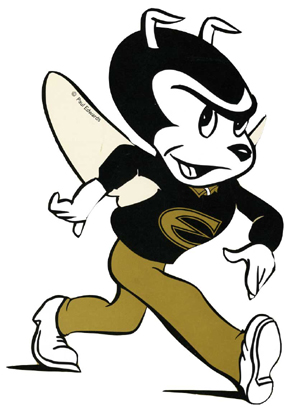- ESIRC Home
- →
- Theses
- →
- Theses 1988
- →
- View Item
JavaScript is disabled for your browser. Some features of this site may not work without it.
| dc.contributor.author | Erickson, Cynthia A. | |
| dc.date.accessioned | 2012-07-16T14:57:34Z | |
| dc.date.available | 2012-07-16T14:57:34Z | |
| dc.date.created | 1988 | en_US |
| dc.date.issued | 2012-07-16 | |
| dc.identifier.uri | http://hdl.handle.net/123456789/1907 | |
| dc.description | v, 40 leaves | en_US |
| dc.description.abstract | Prior to the research done in the area of taste aversion learning, it was believed that the pairing of stimuli in classical or Pavlovian conditioning was arbitrary. However, Garcia and Koelling (1966; 1967) demonstrated that rats will learn to associate a novel taste with illness more readily than they would a sound or a light. More recently. researchers have found that while an odor does not become associated easily with illness, when paired with a taste, the odor acquires the aversive qualities of the taste. In other words, the taste can enhance or potentiate the odor and thus, make it more aversive (Rusiniak, Hankins, Garcia, & Brett, 1979). Other investigators have reported similar findings when a novel taste is presented in compound with environmental cues (Taukulis & St. George, 1982; Best, Brown, & Sowell, 1984). This is referred to as taste-mediated environmental performance. Furthermore, Davis, Best, Richard, & Grover (1987) reported that instrumental performance can be disrupted if preceded by the presentation of a novel taste in conjunction with illness. While Davis et al. (1987) demonstrated that a novel taste can potentiate an aversion, their data do not indicate the nature of the association learned. The present study examines whether the nature of the associative conditioning is a stimulus-stimulus or response-reinforcer type of conditioning. Four groups of rats were trained to run a runway for water reward. Two of those groups then received a LiCl injection following completion of the runway trial. The two remaining groups received a Liel injection in the home cage. One of each of the groups was exposed to a novel flavor prior to the toxicosis treatment, and the other of each locus type tasted water. Runway extinction was measured by goal-approach latencies, stops, retraces, and licks. Each of these measures demonstrated disrupted runway performance for the group receiving the novel taste presented in compound with the instrumental response, followed by toxicosis, but not for the other groups. These data suggest that the association established between the running response and the toxicosis, in the presence of a novel flavor, is most influential in disrupting instrumental performance. | en_US |
| dc.language.iso | en_US | en_US |
| dc.subject | Taste. | en_US |
| dc.subject | Conditioned response. | en_US |
| dc.subject | Paired-association learning. | en_US |
| dc.title | The nature of associative conditioning in taste-mediated environmental potentiation. | en_US |
| dc.type | Thesis | en_US |
| dc.college | the teachers college | en_US |
| dc.advisor | Stephen F. Davis | en_US |
| dc.department | psychology | en_US |


